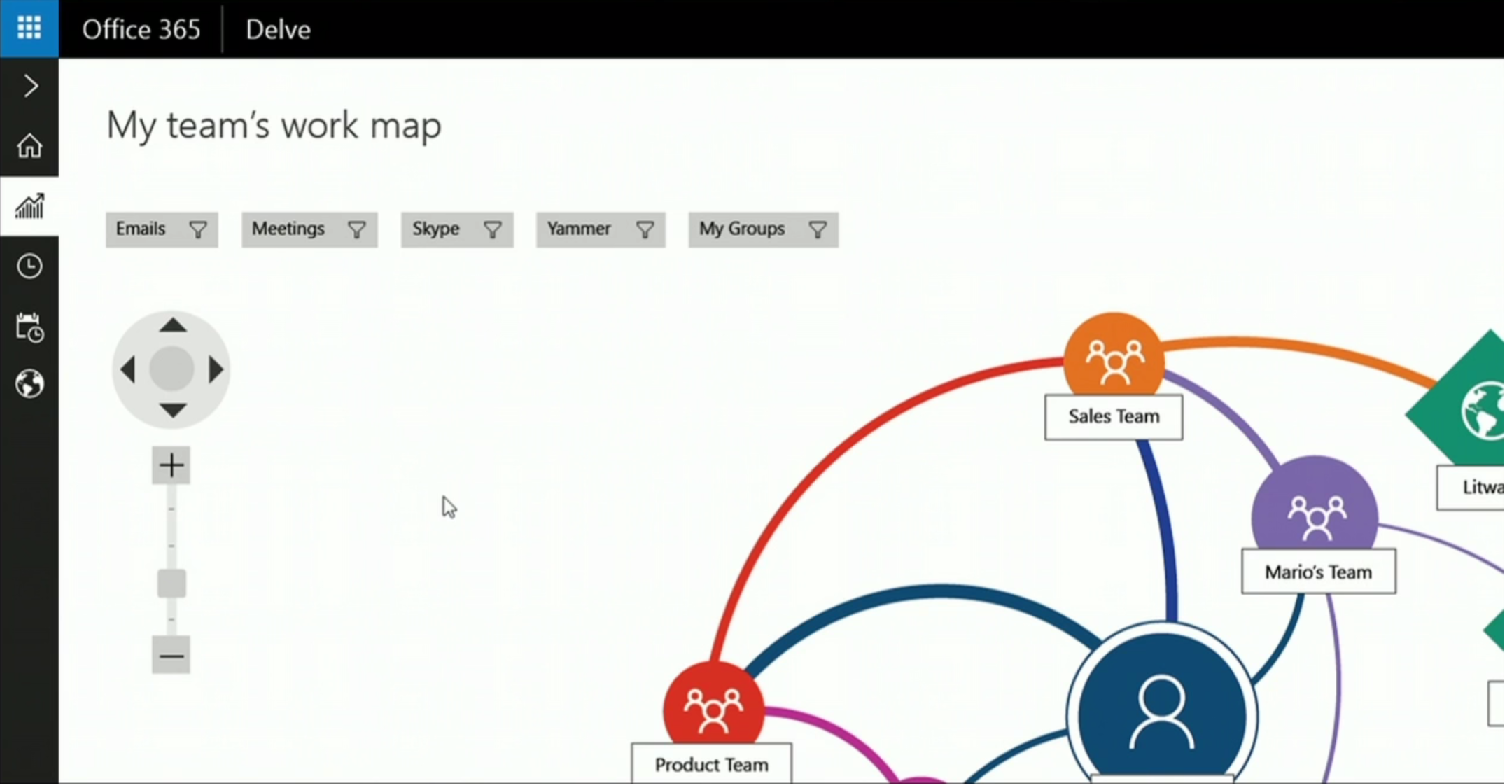


The solution was for managers to assess the number of meetings they called each week and ensure they were essential. The data revealed that the hardware division was spending 27 hours in meetings each week, and while that wasn't much more than a typical team at the company, there was one difference: they usually involved a lot of people-between 10 and 20 as opposed to just two or three.Ī group of miserable office workers at a pointless meetingīy clogging up staff's schedules with overcrowded meetings, it left them with little time to concentrate on more focused tasks, forcing them to spend evenings and weekends catching up on their work. "People who had taken jobs requiring that sort of commitment seemed to accept these things as part of the deal." "Gut instincts about overwork just weren't supported by the numbers," explains writer Neil Irwin. After all, other teams experienced the same elements but didn't report similar levels of unhappiness. There were several theories as to why they might be unhappy: unusual and long hours, overly aggressive bosses, performing after-hours tasks, but none of these were the root cause. To try and figure out the problem, Microsoft's analytics team examined the metadata from the workers' emails and calendar appointments. There were concerns that some of the 700 people might start quitting, meaning Microsoft would lose hard-to-replace engineers, throwing its hardware business into disarray. It explains that Microsoft uses surveys to monitor employees' attitudes, and while those working on Xbox and Surface products scored above average in most areas, they reported being much less satisfied when it came to work-life balance than others at the firm. In context: In today's hyper-competitive tech industry, it's important for companies to retain their best employees, but what happens when a huge group of people all working in a particular division are miserable, and nobody knows why? That's the scenario Microsoft faced and finding the cause wasn't easy.Īn article in the New York Times' Upshot section examines what happened.


 0 kommentar(er)
0 kommentar(er)
